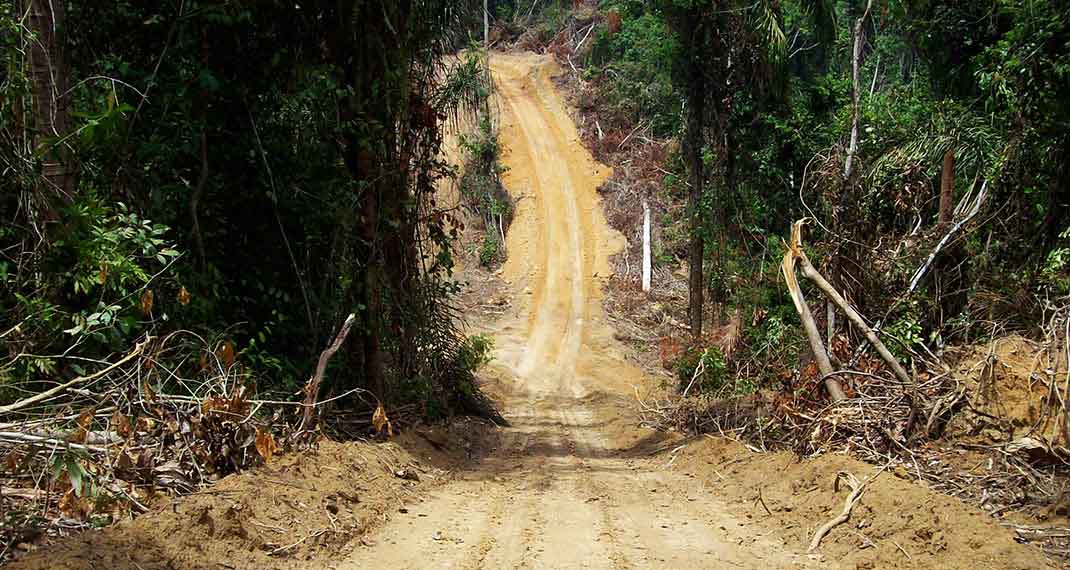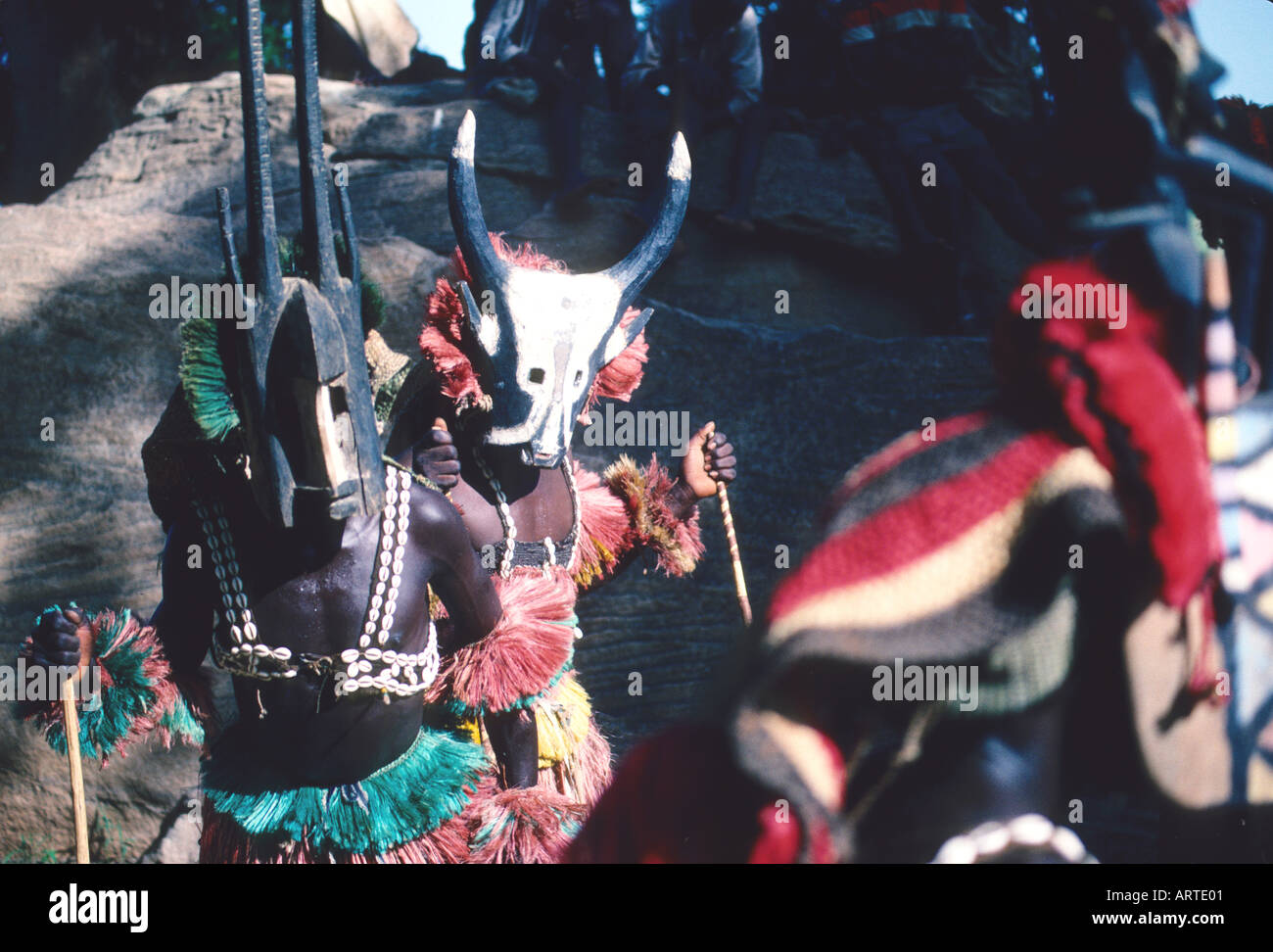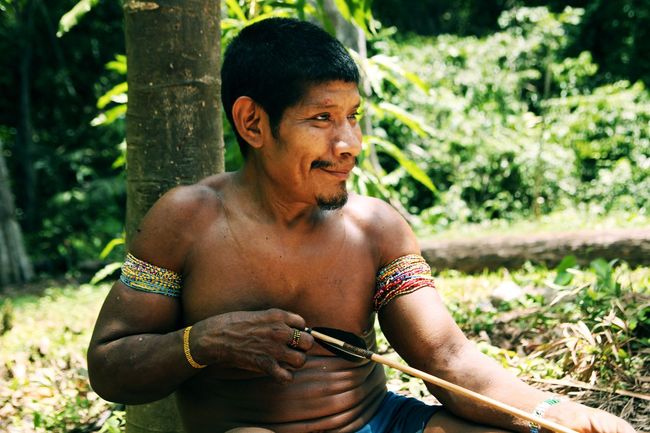

Tarmacked roads and a long-distance railway cut through the Awá tribe's territory in order to transport workers in and minerals out. It consisted of a dam, aluminium smelters, charcoal camps and cattle ranches. Their discovery swiftly gave rise to the development of the Great Carajas Project, an agro-industrial scheme financed by the U.S., Japan, the World Bank, and what was then known as the European Economic Community (now the European Union). In fact, the soil beneath him contained what a geological magazine would later refer to as, "a thick layer of Jaspilites and lenses of hard hematite." In layman's terms, the prospectors had just touched down on the planet's richest iron ore deposit. One geologist reputedly noticed a scattering of black-grey rocks on the ground. When the helicopter needed to refuel, the pilot decided to land on a treeless summit high in the Carajás Mountains. Karapiru's harrowing story really begins with a chance discovery in 1967 when American geologists were carrying out an aerial survey of the region's mineral resources.

They are now also the most threatened tribe on Earth.

As they are so few in number (there are fewer than 100 uncontacted Awá, some of whom live outside any protected area), they are surrounded on all sides by hostile frontier forces such as ranchers, loggers and settlers who invade and kill with impunity as a result, much of their forest has been destroyed. Today they are one of the last nomadic tribes in Brazil. But over the course of four decades, they have witnessed the destruction of their homeland - more than 30 percent of one of their territories has now been razed to make way for cattle ranches - and the murder of their people at the hands of karaí, or non-Indians. When the moon is full, the men, their dark hair speckled white with king vulture feathers, commune with the spirits through a chant-induced trance, during a sacred ritual that lasts until dawn.įor centuries, their way of life has been one of peaceful symbiosis with the rainforest. The Awá year is divided into "sun" and "rain" the rains are controlled by celestial beings called mai ra who oversee vast reservoirs in the sky. Awá women even breastfeed capuchin and howler monkeys and have also been known to suckle small pigs. The tribe nurtures orphaned animals as pets they share their hammocks with raccoon-like coatis and split mangoes with green parakeets. The Awá also travel by night, lighting the way with torches made from tree resin. Some foods are considered to have special properties others, such as vultures, bats, and the three-toed sloth, are forbidden. The 460 members of the Awá tribe live by hunting for wild pigs, tapirs and monkeys, traveling through the rainforest with 6-foot bows and by gathering forest produce: babaçu nuts, açaí berries, and honey. But over the course of four decades, the Awá have witnessed the destruction of their homeland, and are now the most threatened tribe on earth. " For centuries, their way of life has been one of peaceful symbiosis with the rainforest. To the indigenous Awá, however, the land has only one name: Harakwá, or, "the place that we know. Karapiru's ancestral homeland lies in Maranhão state, between the equatorial forests of Amazonia to the west and the eastern savannahs. Nor could he have known that this brutal day would be the first in a decade of solitude and silence. He could never have imagined the day that he would have to flee for his life far into the rainforest, a shotgun pellet burning in his back, his family mown down by gunmen. Yet even with the acuity of vision the moniker suggests, Karapiru could not have foreseen the tragedy that befell his people, the Awá tribe of northeastern Brazil.


 0 kommentar(er)
0 kommentar(er)
